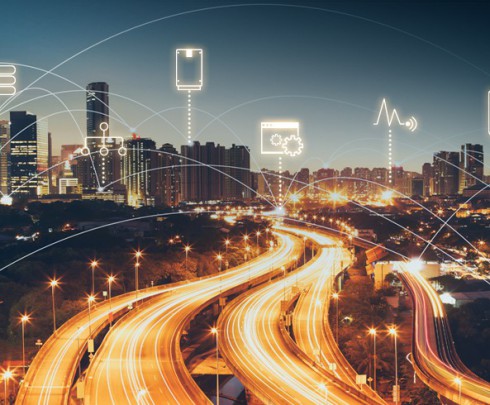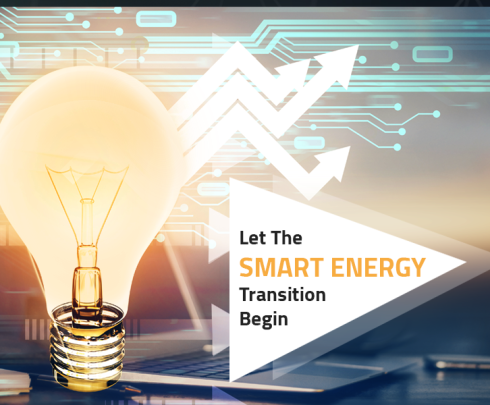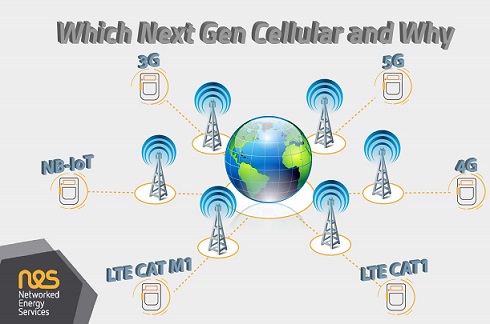
Role of Smart Grids in building smart cities
May 17, 2017By: Michel Madi, CEO – Middle East, Africa & India, Networked Energy Services Corporation
According to a study by the WHO, nearly 54 per cent of the global population resided in cities in 2015, at an increase of 30 per cent since 1950 [1]. The urban residents are forecasted to rise to 60 per cent of the world population by 2030, adding 2.5 billion more people to urban areas by 2050 [2]. With such rapid growth, future cities need to become smart to make judicious use of non-renewable resources and existing infrastructure and mitigate the impact of climate change and global warming.
What is a smart city? It is an intelligent metropolitan which employs innovative technologies to enhance the performance of vital local services, including energy, water, transportation, healthcare, waste management, and public safety. The use of various channels of communication and information technology (IT) allows smart cities to effectively address many challenges such as a rapidly expanding population, environmental sustainability, and economic viability to offer a safe, secured and clean environment to its residents.
While there are several features of a smart city, the single most important aspect is its energy infrastructure, which impacts all other critical functions of the city and a Smart Grid is the solution for a sustainable, resilient and affordable energy infrastructure. But what is a Smart Grid? It is a dynamic, interactive, and real-time infrastructure concept that modernizes power systems through automation, remote monitoring, and control. It also informs consumers about the usage and cost to enable them to make informed decisions.
Research and Markets’ ‘Emerging Markets Smart Grid: Outlook 2017 [3] report states that most Smart Grid investments have been concentrated in developed nations. Countries in North America, Western Europe, and East Asia represent over 75 per cent of the installed base of smart meters and other pioneering smart grid initiatives. For instance, the USA passed the bill for Smart Grids as early as in 2007 and earmarked funds to develop its smart grid infrastructure.
Since then, the US Government has launched several initiatives, including the Smart Grid Investment Grant (SGIS) for 2009-2014 to modernize the country’s electrical infrastructure. The USD 8 billion joint investment program, consisting of 99 cost-shared projects and involving more than 200 electric utility providers and participating organizations, deployed more than 15 million smart meters, 1,200 phasor measurement units, 19,000 units of distribution technology, and an assortment of customer systems [4]. Likewise, nearly 30 Smart Grid Projects with a total investment of EUR 300 million were started in Europe [5].
Now many developing countries are exploring the multiple benefits of Smart Grids. Almost 50 countries forecasted to invest USD 268 billion in building Smart Grid infrastructure in the next 10 years [6]. Among them is the MENA region that is rapidly adopting renewable energy initiatives to manage its robust energy demands. The deployment of Smart Grids in the GCC can help the region save up to USD 10 billion in infrastructural investment by 2020 [7].
The UAE leads the region with its path-breaking initiatives to build smart cities. It launched the Energy Plan 2050 to increase the contribution of clean energy and decrease dependence on natural gas to generate power in line with UAE Vision 2021 [8]. It also pushed the Dubai Clean Energy Strategy during the inauguration of the second phase of the Mohammed Bin Rashid Al Maktoum Solar Park in 2015, which involves AED 100 billion in Green Fund investments and AED 50 billion for the park [9].
Smart Grids are modern power network that are the future of the energy sector as they have the tremendous potential to improve the quality of power and make energy sources reliable through demand response and comprehensive monitoring capabilities. Through the intelligent use of digital technologies and innovative application, they can contribute in the development of zero-energy buildings and green communities. Smart Grids also encourage consumers to rationalize their consumption by bringing them closer to energy sources and providing them greater control over their usage. However, initial installation cost pose a significant challenge, which can be addressed by formulating policies and offering incentives by governments to encourage investment in transforming legacy power networks to Smart Grids.
[1] http://www.who.int/gho/urban_health/situation_trends/urban_population_growth/en/
[2] http://www.un.org/en/development/desa/news/population/world-urbanization-prospects-2014.html
[3] http://www.prnewswire.com/news-releases/emerging-markets-smart-grid-outlook-2017-300411871.html
[4] https://www.greentechmedia.com/articles/read/8-billion-in-smart-grid-investments
[5] http://publications.jrc.ec.europa.eu/repository
[6] http://www.prnewswire.com/news-releases/emerging-markets-smart-grid-outlook-2017-300411871.html
[7] http://meconstructionnews.com/20745/smart-grids-can-save-gcc-countries-10bn-by-2020
[8] http://www.thenational.ae/uae/uae-turns-green-with-new-power-plan-2050
[9] http://gulfnews.com/news/uae/government/dubai-clean-energy-strategy-2050-launched-1.1628043












